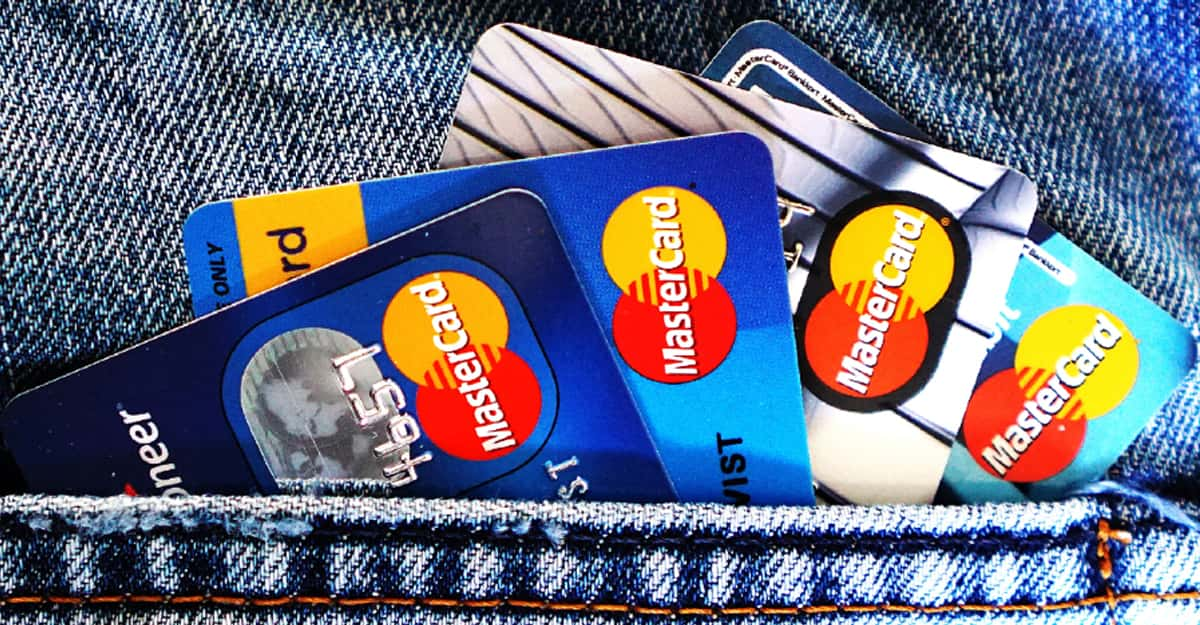Taking a leap of faith can feel exhilarating—until the landing turns into a crash. If you quit your job to day trade and ended up losing $100,000, you’re not alone. Many aspiring traders underestimate the risks involved. The good news? You can recover from this setback without moving back home. It won’t be easy, but it’s absolutely possible with the right mindset and strategy.
Stop The Financial Bleeding Immediately
The first priority is to stop losing more money. If you're still actively trading, it’s time to step back. The market isn’t going anywhere, but your savings and credit might be. Lock down your remaining accounts, take a trading hiatus, and assess your financial situation honestly. Recovery begins with halting the damage.
Assess Your Remaining Assets
Create a full inventory of what you still have—bank balances, investment accounts, retirement savings, any side income, or sellable assets. Knowing your baseline will help you determine what lifestyle adjustments are needed and whether you need short-term emergency funding. Even small resources can be leveraged strategically if used wisely.
Cut Your Expenses Ruthlessly
To avoid moving back home, you’ll need to significantly reduce your cost of living. This may mean downsizing your apartment, selling your car, or taking on roommates. Cancel subscriptions, cook at home, and renegotiate bills. This is about survival mode, not comfort. The more you cut now, the more time you give yourself to rebuild.
Get Back Into Steady Employment
As glamorous as financial independence sounds, the fastest way to stabilize is returning to a reliable income. Whether it’s going back to your previous field, freelancing, or even taking a temporary job outside your skill set, the key is generating cash flow. Even part-time work can help stop the slide and buy you breathing room.
Start A Side Hustle
If re-entering the full-time workforce isn’t an immediate option, explore flexible ways to bring in money: tutoring, delivery apps, remote work platforms, or consulting gigs based on your previous experience. These side hustles can support you while you plan longer-term moves. Every dollar helps in times like these.
Consider Debt Restructuring Or Counseling
If you’re now carrying high-interest debt as a result of your trading losses, talk to a financial counselor or non-profit credit agency. They can help you restructure or consolidate debt, set up payment plans, and avoid defaulting. Avoid payday loans or quick-cash schemes—they’ll only deepen the hole.
Learn From The Loss Without Shame
Losing $100,000 is painful, but it doesn’t make you a failure. It makes you someone who took a risk and learned a hard lesson. What’s crucial is extracting wisdom from the experience. Review your trades, study what went wrong, and commit to rebuilding smarter. Many successful people failed big before bouncing back even bigger.
Avoid The Revenge Trade Trap
It’s tempting to try and “make it all back” by going harder next time—but that’s the psychology of gambling, not trading. If you ever return to the markets, do so with a strict plan, risk management rules, and only money you can afford to lose. Don’t double down on bad decisions just to save face.
Rebuild Your Emergency Fund
Once your income is flowing again, your first savings goal should be a basic emergency fund. Aim for $1,000 to start, then build to three to six months of expenses. This buffer will reduce your stress and keep you from slipping further into debt if another unexpected crisis arises.
Reconnect With Your Support System
Even if you don’t want to move back home, you shouldn’t isolate yourself. Reach out to trusted friends or family—not necessarily for money, but for emotional support and advice. Letting others know what you’re going through can open doors to opportunities or insights you hadn’t considered.
Start Over With A Realistic Plan
This is your moment to reset. Take a hard look at your career goals, lifestyle, and financial habits. Create a realistic, sustainable plan for moving forward—whether that’s getting out of debt, saving for retirement, or slowly re-entering the world of investing with a long-term approach. You’ve earned this wisdom through hardship—use it.
Final Thoughts On Bouncing Back
Losing $100K is a gut punch, but it’s not the end of the road. People have come back from worse. What matters now is your ability to adapt, cut losses, and hustle forward. You don’t need to move back home—you just need to rebuild, one smart step at a time. Recovery is a process, but it starts today.
You May Also Like:
How To Rebuild A Depleted Emergency Fund
30 Things You Shouldn't Do With Your Money, According To Warren Buffett











